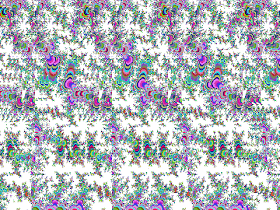Wandering around the Museum of Natural History images
I came across this lovely old book of fern illustrations. Isn't
that a beautiful cover? Love the deep blue and gold.
When I was a child in Jamaica, West Indies, there were ferns with a silvery white, powdery underside that one could place against one's skin, slap the fern and it would leave a temporary tattoo of the fern's shape.

More images from the Museum of Natural History collection.
From the marvelous Brain Pickings.
Natural Histories: Extraordinary Rare Book Selections from the American Museum of Natural History Library (public library) brings together an extraordinary collection of works from the Rare Book Room and Rare Book Collections of the American Museum of Natural History’s Research Library, spanning five centuries of anthropology, astronomy, earth science, paleontology, and zoology representing all seven continents. Each highlighted work is accompanied by a short essay exploring its significance, what makes it rare — scarcity, uniqueness, age, binding type, size, value, or nature of the illustrations — and its place in natural history.
 |
| Awww, look at that coy look. A coquette of hippos. |
Great horn owl, barn owl, meadow mouse, red bat, small headed flycatcher, and hawk owl from Wilson's American orinthology [sic]
An alluring old science book by Louis Figuier. The Ocean - the Sea and Some of its Inhabitants with some great illustrations
Gloriously happy images of sea life from some of Louis Renard's (c.1678-1746) exquisitely illustrated book, such as this one.

































.jpg)
.jpg)





.jpg)





















